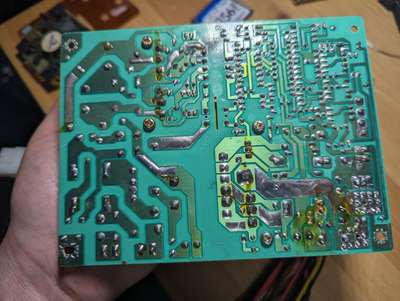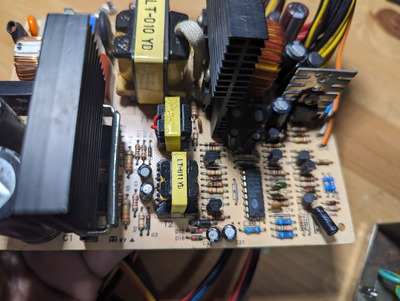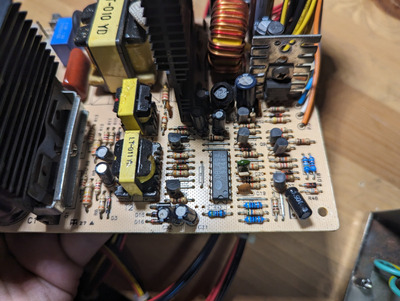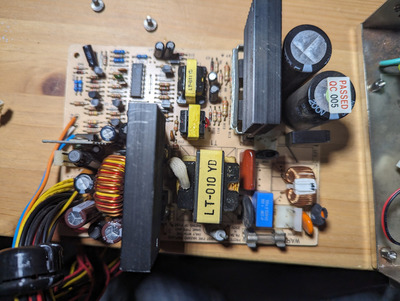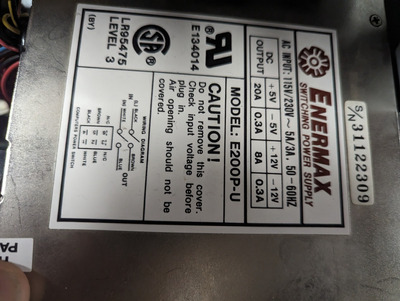First post, by stlouis1
I've been working on a socket 7 build for a few weeks now since I managed to acquire a board, case and power supply to house some parts I've had around for years. Specs below
Aopen AP5T
AMD K6-2 400mhz
128MB SDRAM
ATI Rage something PCI
Voodoo 2 12mb SLI
Win98se installed on CF card via IDE adapter
I followed some info I found on doing a resistor jumper to drop the voltage for the CPU as the board did not officially support it. Now I've been having some stability issues when I try to set the CPU anywhere over 266mhz. It runs fine at 266mhz but it's a 400mhz chip and when I try to clock it higher the system freezes mainly when doing things like trying to install things from CD, or even copying the contents of a CD to the local drive which makes for an easy first test. RAM tests fine, and I've tried different ram already just in case. I also picked up another K6-2 500mhz thinking maybe my CPU was faulty as my previous Asus TX97 board that I had years ago did blow a bunch of capacitors
Now this current board doesn't appear to have any bad capacitors but I half wonder if maybe I should change them anyway. I did measure the voltage coming out of the CPU socket when I did the resistor jumper to verify and it looks good there so I don't really suspect the motherboard so replacing capacitors on it doesn't.
What I have noticed that has my attention is the 12v rail on the Enermax AT power supply I have is low, closer to 10v low. It was putting out almost 16v prior to me replacing a couple capacitors. But searching around the board here I've found a few posts on here about these old AT psu's outputting low, some of which appear to have been caused by resistors being out of spec, simple enough things like that. I plan to open this one up again and start metering components
but beyond that, based on the description, does anyone else have any other thoughts on what I might look at?
